According to legend, in the Tang Dynasty, during spring, Emperor Li Xian would order his servants to take out "colored flowers" from the inner palace and give them to the concubines of the harem to welcome the new spring, and these "colored flowers" referred to the Rong Hua (绒花, velvet flower).
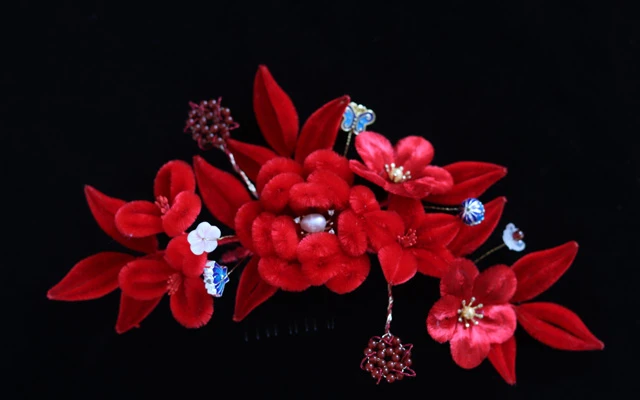
Today, Rong Hua is often worn with traditional hanfu and has become one of the most popular accessories in Chinese traditional costumes.
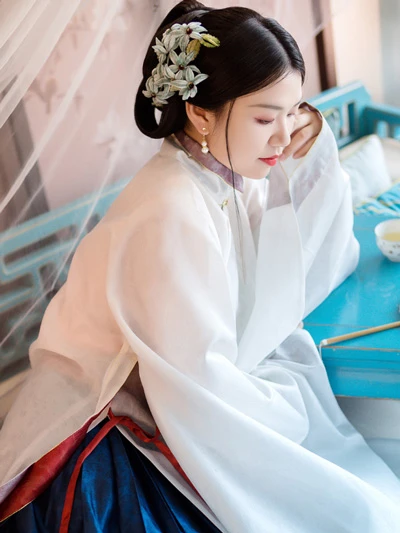
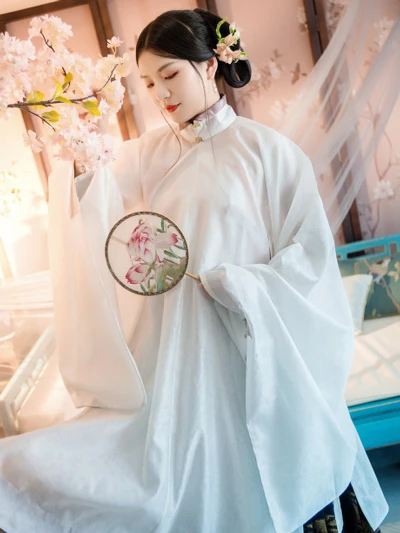
The flower hairpin was always one of the most popular decorative styles of the ancients. In the painting "Court Ladies Adorning Their Hair With Flowers" by the famous Tang Dynasty painter Zhou Fang, the woman is wearing a high bun and wearing a flower as a hairpin, which is as elegant and beautiful as a fairy in a fantasy world.
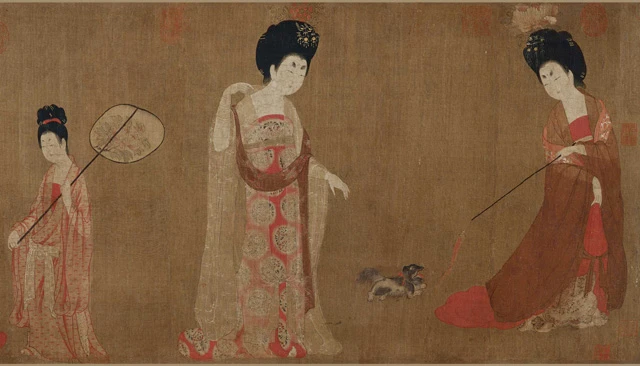
But flowers are limited by the season and easily withered, and the petals often wither. So the ancient noble ladies wished to have flowers that would last forever as accessories, and that's when the handmade Rong Hua came into being.
The Chinese word for velvet flower is similar to the pronunciation of "Rong Hua (荣华, prosperity)" and has been given a meaning of good luck and blessing.
The Rong Hua is made of natural silk and copper wire, and is used in folk festivals and ceremonial decorations in the old days. Most of the symbolic shapes are taken from the symbols of folk life and are used to express good luck and good intentions.
Most of the traditional Rong Hua motifs are phoenixes, treasure bowls, double happiness characters, pomegranates, and various flowers, such as jasmine, white orchid, hibiscus, rose flower, and so on. The patterns of velvet flowers have similarities with traditional Chinese folk art themes, and their shapes have Chinese national characteristics.
Yangzhou is one of the original places of Chinese Rong Hua craft. Yangzhou velvet flowers are so colorful and bright that they were introduced to the court as early as the Tang Dynasty. In addition, Rong Hua is also widely loved among the folk.
But even such a beautiful Chinese intangible heritage culture was once forgotten and in danger of being lost. But the inheritors of the Yangzhou Rong Hua have given this traditional skill a successor and more possibilities for innovation.
Zheng Shanshan is one of the inheritors of the Yangzhou Rong Hua. Shanshan remembers from childhood that her neighbors loved making and wearing velvet flowers. But at some point, it fell out of fashion, and craftsmen changed careers, and the craft was nearly lost, Shanshan Zheng feels that the beauty of Rong Hua should not be buried because of time.
As a kind of accessory, Rong Hua can be flexibly matched with all kinds of shapes, and it is especially common in the hanfu look. At the same time, velvet flowers are also a common accessory in wedding ceremonies. In ancient times, when Yangzhou girls married, most chose to wear velvet flowers.
There are nearly 10 kinds of techniques to make traditional velvet flowers. It takes two or three days to complete a piece of work even if skilled. Yangzhou Rong Hua are made of pure silk, and the process should be gentle and not pulled hard. The most important thing is that each process is entirely made by hand, and there is no way to produce it by machine so far. Therefore, one of the reasons for the extremely low production of velvet flowers in Yangzhou.

As an heir of traditional skills in the new era, in addition to creating new velvet flower accessories, Zheng Shanshan also made a series of "Yangzhou Rong Hua" innovative works, trying to make the velvet flower known to more people.
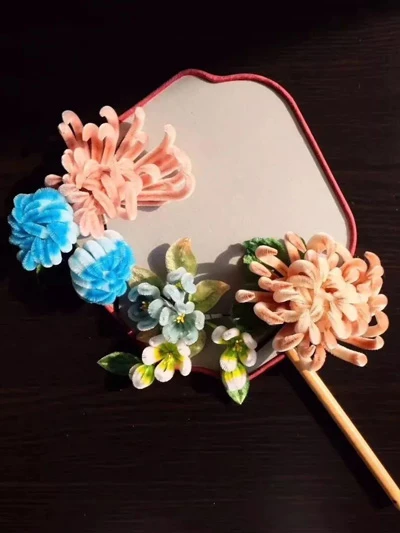
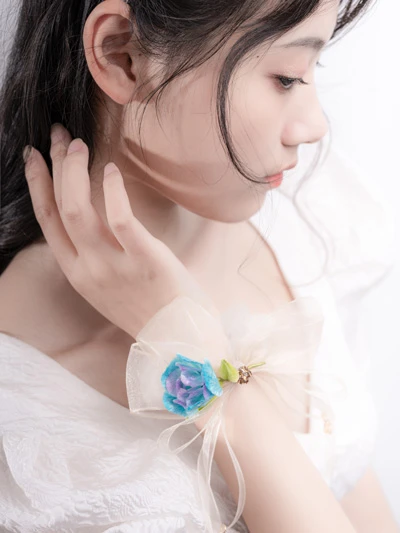
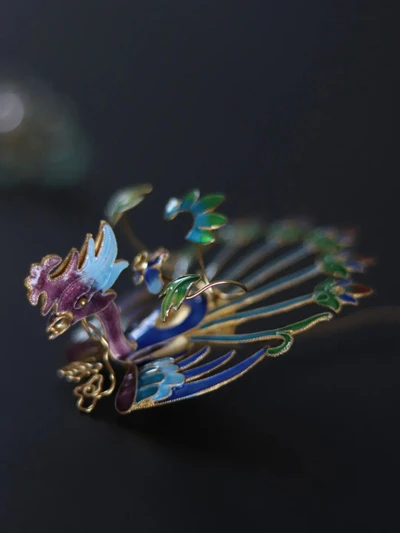
In 2017, the velvet flower headdress that Shanshan Zheng made together with her mother was also featured on the cover of Chinese Heritage magazine.
The beauty of the velvet flower will continue to be passed on with the efforts of the inheritors.
More about Chinese traditional crafts
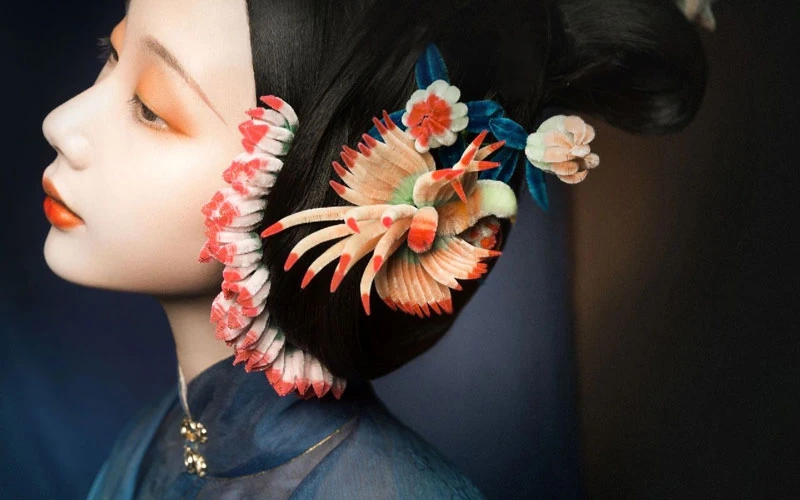
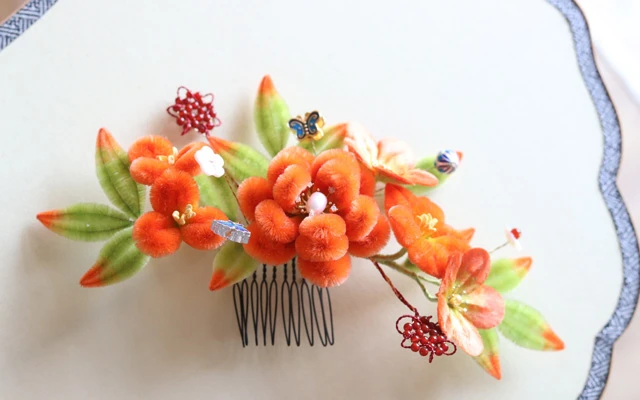
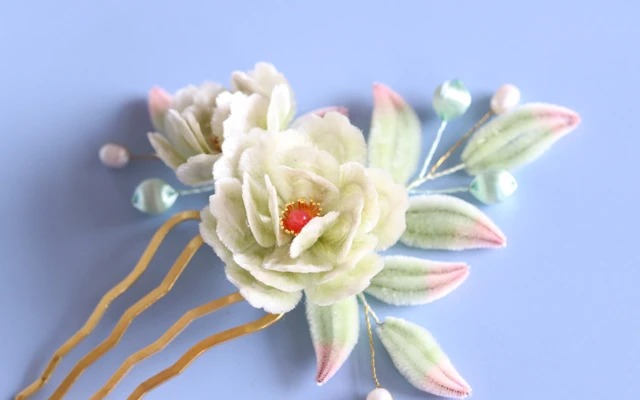
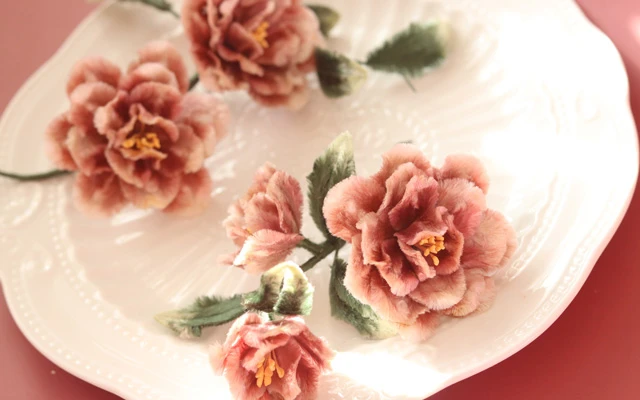
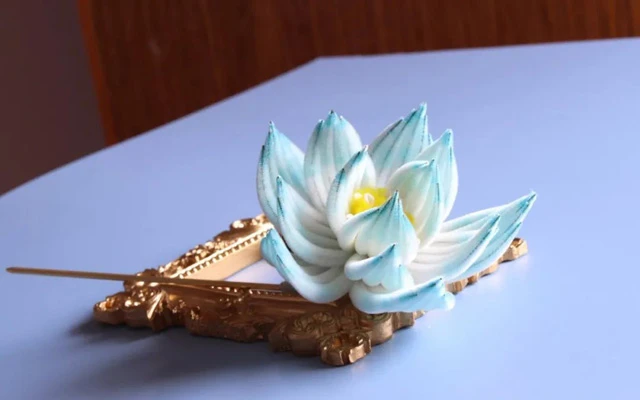
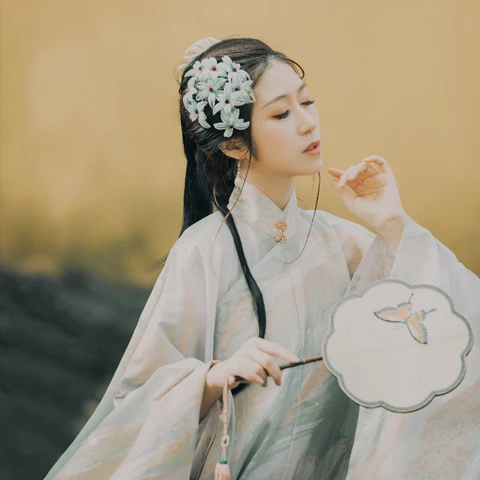
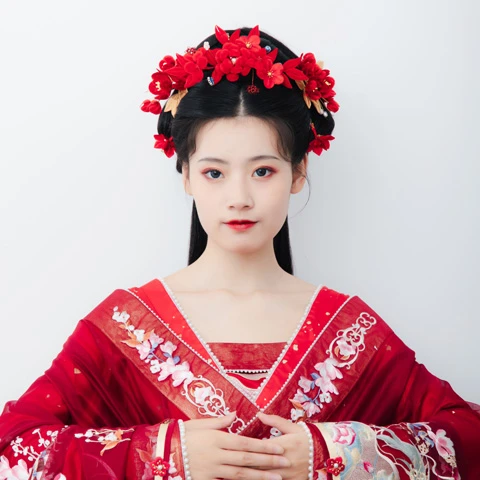
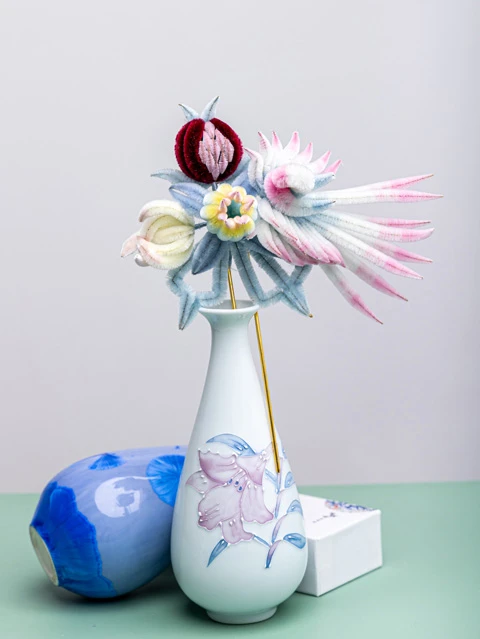
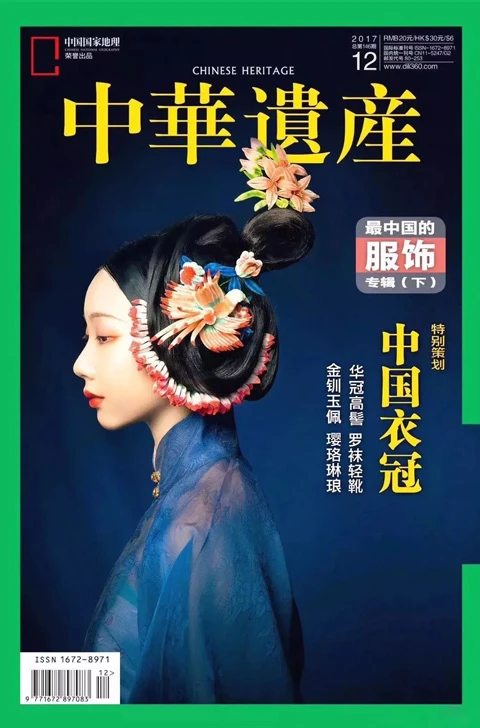

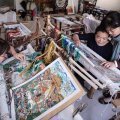
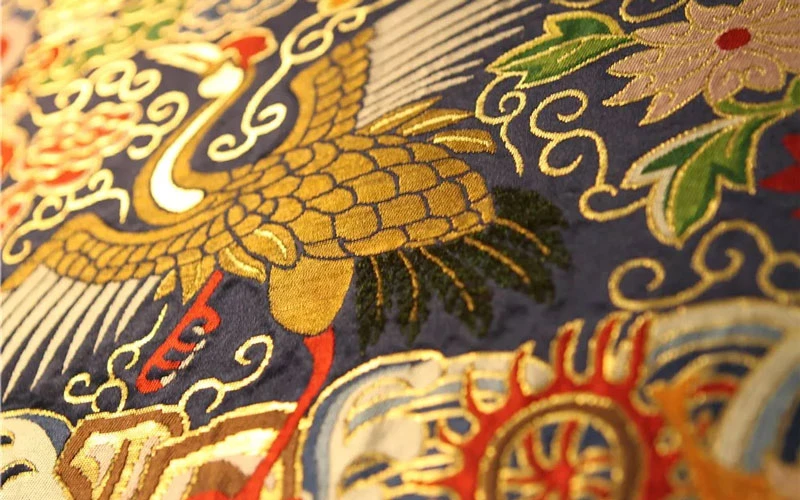

waww😍
Bagus banget jepit rambutnya,
OMG! I really didn't need to find out about another craft! XD I'm so screwed! Who wants to try what that YouTuber did? I'm so refraining from rushing out to buy copper wire...